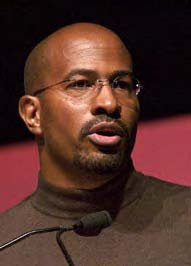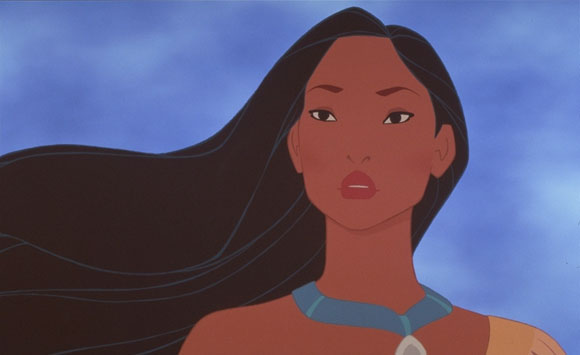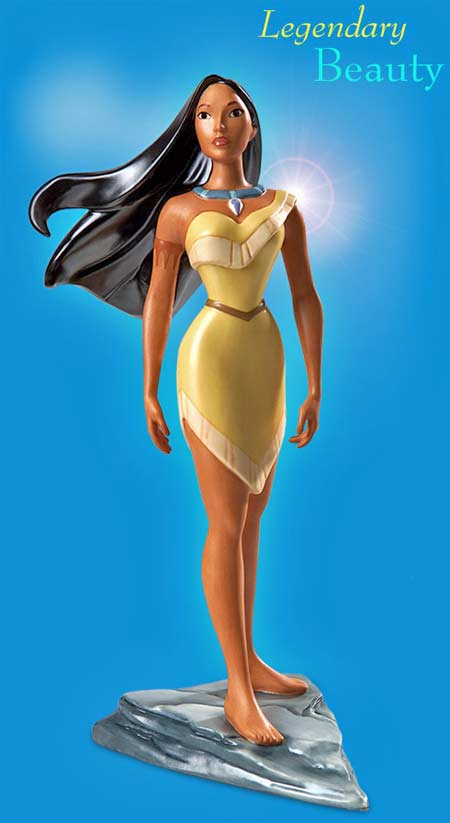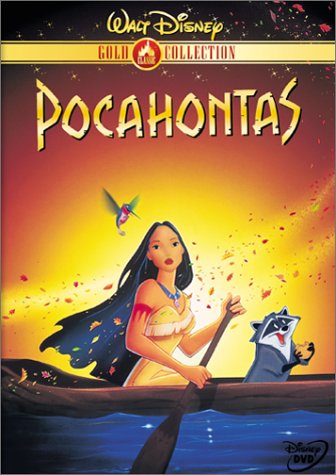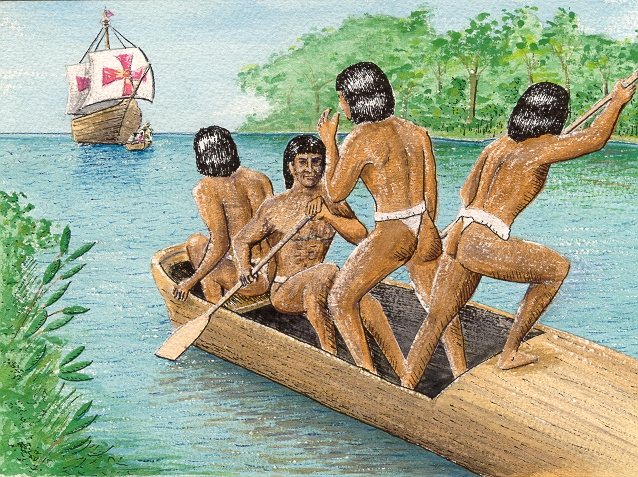A major omission of both Lotz's and Villarejo's textbooks on television and film is the failure to mention the noted documentarian Ken Burns. Ken Burns is one of the few filmmakers left who actually shoot their footage on celluloid, and edit it manually. I will discuss about some of his best works and talk about how he has revolutionized both film and telelvision.
Ken Burns, started out working by producing 1-2 hour films, made for PBS, back in the early 1980s. By the mid-1980s, one of his films, "The Statue of Liberty," was nominated for an Academy Award. It was at this same time he premiered his "Huey Long" film in theatres. Ken Burns was still an unknown in the film and television world, but that would all change by 1990. During that year, Burns aired his first serious work, "The Civil War," which ran at an 11 hour running time. Although broken up into five segments, it reached 40 million viewers, unheard of for public television. To this day, it has remained his best and critically acclaimed work. Instead of using old film footage of recreated Civil War battles by actors, Burns used various camera movements to bring old paintings and photographs from the Civil War to life. One of his camera movements is named the "Ken Burns Effect," in which various panning and scanning movements are used to bring life to still images.
Since 1990, Ken Burns has produced several documentary epics, such as "Baseball," "Jazz," "The War," and "The National Parks." While watching a behind the scenes documentary on Ken Burns' films, he has a small production company based out of Walpole, New Hampshire, with a staff of about 10 to 12 people. Everything from the research aspect to the editing aspect is done with minimal use of computers. The footage is shot on actual celluoid film, left to develop and dry, and editied by hand. Even sound effects and voice-overs are preserved on magnetic tape. This by no means indicates that Burns is not with the times. He makes most of his money with licensing fees and lending his name to no more than 25 compact discs made for his "Jazz" film, all containing digitally remastered vintage recordings.
Although Ken Burns does not air his films on commercial television or in theatres, he makes notices to public television as being the best place for his works. I agree, because channels such as Discovery and TLC have lost most of their identity where education is concerned, turning into pop culture stations. PBS has and still hasn't lost its identity over the past 40-odd years with educational programming. I myself couldn't see Burns premiering his films on TLC, with 5-10 minute commercial breaks. He has built a credibility and identity with public television. Credit must go where credit is due.
Just as a sidenote to wrap things up, Ken Burns and all his films can be accessed at his company's website: Florentine Films. YouTube has many videos of his works. I used a segment of his film "Jazz" for one of my classes. And last but not least, a picture of Burns is at the top of this post. I didn't know what he looked like until 2004, when I saw that behind the scenes documentary at that time.
Visit Design and Art Online News for Daily Updated Hairstyles Collection
Ken Burns, started out working by producing 1-2 hour films, made for PBS, back in the early 1980s. By the mid-1980s, one of his films, "The Statue of Liberty," was nominated for an Academy Award. It was at this same time he premiered his "Huey Long" film in theatres. Ken Burns was still an unknown in the film and television world, but that would all change by 1990. During that year, Burns aired his first serious work, "The Civil War," which ran at an 11 hour running time. Although broken up into five segments, it reached 40 million viewers, unheard of for public television. To this day, it has remained his best and critically acclaimed work. Instead of using old film footage of recreated Civil War battles by actors, Burns used various camera movements to bring old paintings and photographs from the Civil War to life. One of his camera movements is named the "Ken Burns Effect," in which various panning and scanning movements are used to bring life to still images.
Since 1990, Ken Burns has produced several documentary epics, such as "Baseball," "Jazz," "The War," and "The National Parks." While watching a behind the scenes documentary on Ken Burns' films, he has a small production company based out of Walpole, New Hampshire, with a staff of about 10 to 12 people. Everything from the research aspect to the editing aspect is done with minimal use of computers. The footage is shot on actual celluoid film, left to develop and dry, and editied by hand. Even sound effects and voice-overs are preserved on magnetic tape. This by no means indicates that Burns is not with the times. He makes most of his money with licensing fees and lending his name to no more than 25 compact discs made for his "Jazz" film, all containing digitally remastered vintage recordings.
Although Ken Burns does not air his films on commercial television or in theatres, he makes notices to public television as being the best place for his works. I agree, because channels such as Discovery and TLC have lost most of their identity where education is concerned, turning into pop culture stations. PBS has and still hasn't lost its identity over the past 40-odd years with educational programming. I myself couldn't see Burns premiering his films on TLC, with 5-10 minute commercial breaks. He has built a credibility and identity with public television. Credit must go where credit is due.
Just as a sidenote to wrap things up, Ken Burns and all his films can be accessed at his company's website: Florentine Films. YouTube has many videos of his works. I used a segment of his film "Jazz" for one of my classes. And last but not least, a picture of Burns is at the top of this post. I didn't know what he looked like until 2004, when I saw that behind the scenes documentary at that time.
ken burns
ken burns

ken burns
ken burns

ken burns
ken burns

ken burns
ken burns

ken burns
ken burns

ken burns
ken burns

ken burns
ken burns

ken burns
ken burns

ken burns
ken burns

ken burns
Source URL: http://purkua.blogspot.com/2011/ken burns

Visit Design and Art Online News for Daily Updated Hairstyles Collection

